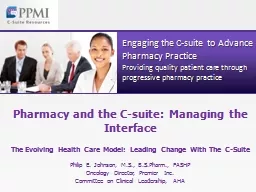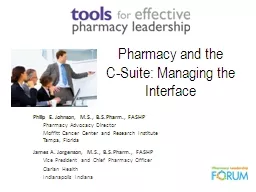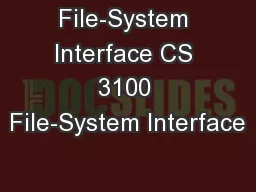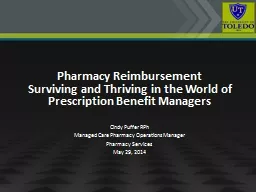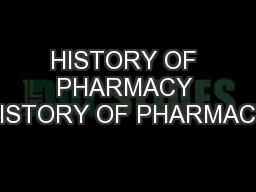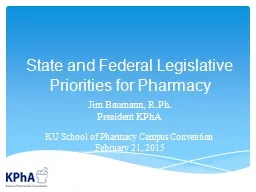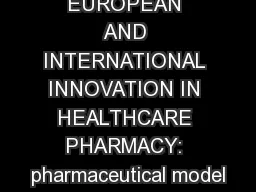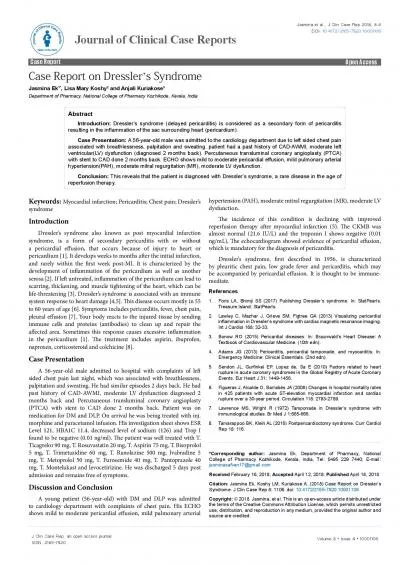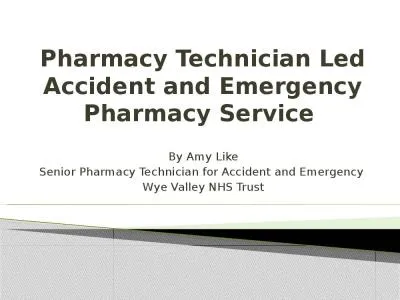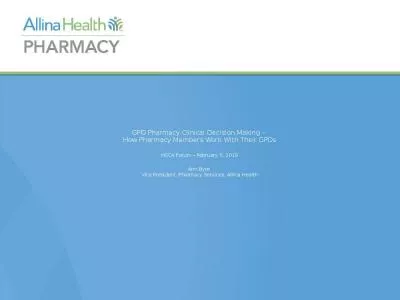PPT-Pharmacy and the C-suite: Managing the Interface
Author : pasty-toler | Published Date : 2018-11-01
The Evolving Health Care Model Leading Change With The CSuite Philip E Johnson MS BSPharm FASHP Oncology Director Premier Inc Committee on Clinical Leadership
Presentation Embed Code
Download Presentation
Download Presentation The PPT/PDF document "Pharmacy and the C-suite: Managing the I..." is the property of its rightful owner. Permission is granted to download and print the materials on this website for personal, non-commercial use only, and to display it on your personal computer provided you do not modify the materials and that you retain all copyright notices contained in the materials. By downloading content from our website, you accept the terms of this agreement.
Pharmacy and the C-suite: Managing the Interface: Transcript
Download Rules Of Document
"Pharmacy and the C-suite: Managing the Interface"The content belongs to its owner. You may download and print it for personal use, without modification, and keep all copyright notices. By downloading, you agree to these terms.
Related Documents

